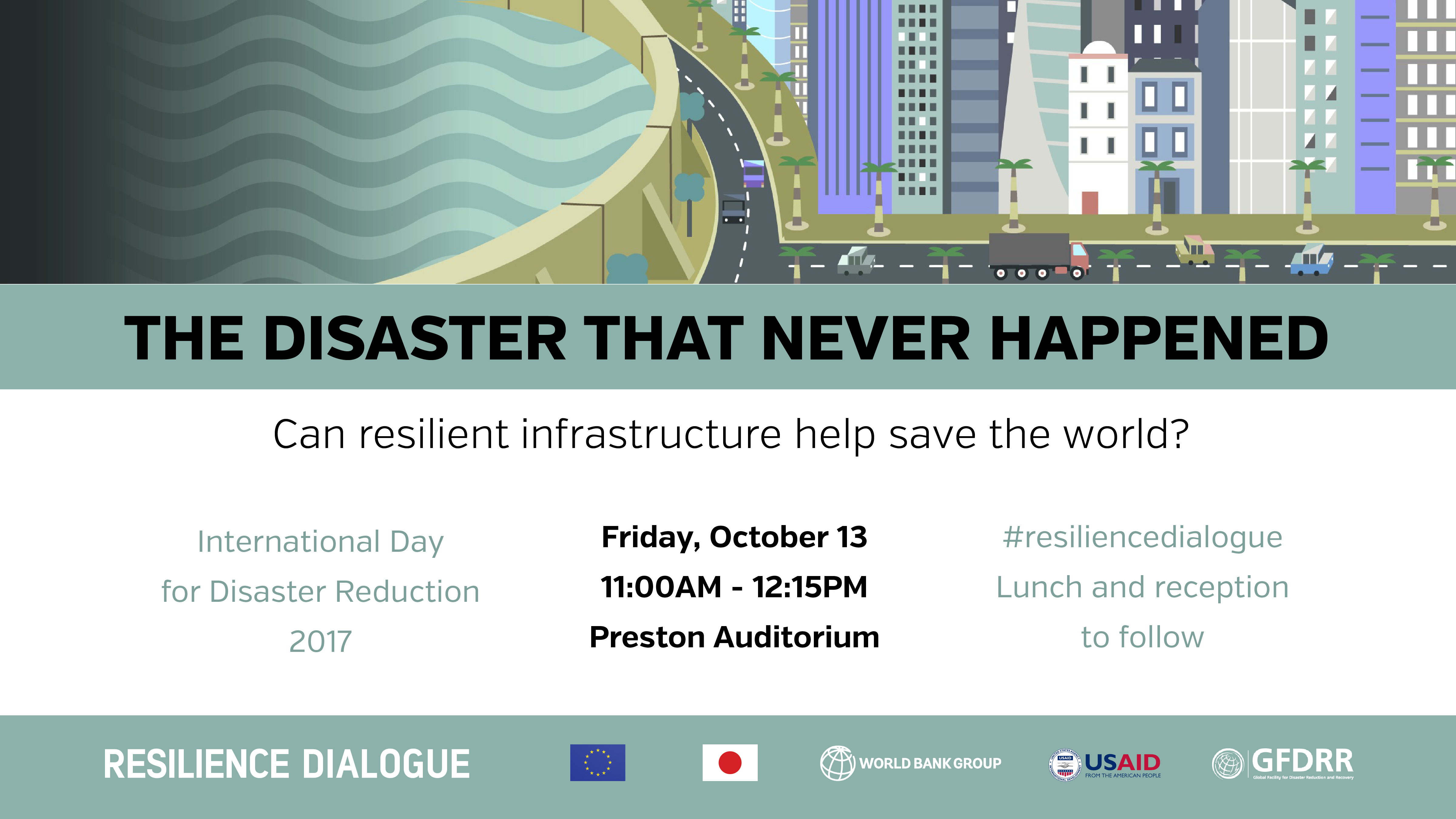Engineering our way out of disasters – The promise of quality infrastructure

Hurricane Irma moves through the Caribbean in this satellite image from September 5th, 2017. Image credit: NOAA
The last few weeks have been a stark reminder the how natural disasters can undermine precious development progress in an instant. Images of incredible devastation in the Caribbean wrought by a record-breaking Atlantic hurricane season, as well collapsing buildings in Mexico during a violent series of earthquake that claimed hundreds of lives, have resulted in an outpouring of support from the international community.
Unfortunately, scenes like these are becoming more routine. The impacts of climate change are becoming increasingly visible, and rapid urbanization is concentrating risk in vulnerable regions of the world. Just consider the following statistics:
• Up to 1.4 million people per week are moving into urban areas, with 90 percent of this growth happening in Africa and Asia.
• According to UN-Habitat, more than 880 million urban residents are estimated to live in urban slums, where the concentration of climate and disaster risk is highest.
• An estimated 875 million schoolchildren live in earthquake-prone regions of the world.
• Sea-level rise in the 136 largest coastal cities could result in losses of $1 trillion or more per year by 2050.
• Over 60% of countries with the highest losses from disaster events are small island states – with damages of up to 9% of GDP.
• Without major investments in resilience, climate change may push up to 100 million people into poverty by 2030.
This is an admittedly bleak picture. But another important statistic is relevant here – over the next 20 years, humans will build more infrastructure than has been built over the last 2,000 years. A recent report by the World Bank, for example, estimates global infrastructure needs at more than $5 trillion per year. As the built environment provides the first line of defense against natural hazards, we are living through a rare opportunity to lock in either resilience or risk in many fast-growing parts of the globe.
Much is being done by country governments and development partners in this regard. At the World Bank, investment in urban resilience has averaged $2 billion annually over the last five years, creating a portfolio of more than 70 projects in over 35 countries. Our Global Program for Safer Schools, partnering with a range of academic, civil society, and development actors, is working to ensure safer learning environments and minimized disruption to educational services for millions of students. We are also working closely with the Government of Japan on scaling up investments in other quality infrastructure, and are exploring the co-benefits of investing in ‘green infrastructure’ projects like mangrove forests, urban parks, and other nature-based solutions for climate and disaster risk.
The infrastructure needs of the coming decades dwarf the efforts of any one institution. To bring resilient infrastructure investments to scale, a sustained and coordinated effort on behalf of major development partners, country governments, and the private sector will be crucial. To better explore this important topic, the Global Facility for Disaster Reduction and Recovery (GFDRR), the World Bank, the Government of Japan, the European Union, and USAID are hosting a special instance of the Resilience Dialogue series on International Day for Disaster Reduction (Friday, October 13th) alongside the 2017 World Bank/IMF Annual Meetings.
Smart engineering, careful land-use planning, and strategic investments in resilience can better protect lives and development gains from disasters – but these important steps won’t happen without strong leadership and international consensus. As a sobering last few weeks in disaster risk have clearly shown, we can’t wait any longer to act.

Ede Ijjasz-Vasquez is the Senior Director for the World Bank Group’s Social, Urban, Rural and Resilience Global Practice. In this position, Mr. Ijjasz-Vasquez leads a team of over 600 technical experts deployed across the world, leveraging global knowledge and collaborating with partners to help tackle the world’s most complex development challenges. Previously, he was Director for Sustainable Development of the Latin America and Caribbean Region, covering infrastructure, environment and climate change, social development, agriculture and rural development, disaster risk management, and urban development with an active portfolio of about $17 billion. From 2007 to 2011, he was based in Beijing, where he managed the Sustainable Development Unit for China and Mongolia. Mr. Ijjasz has a Ph.D. and a M.Sc. from the Massachusetts Institute of Technology (MIT) in civil and environmental engineering, with specialization in hydrology and water resources. He has been a lecturer at the Environmental Science and Policy Program at Johns Hopkins University, and at Tsinghua University. He is a Colombian and Hungarian national.